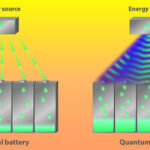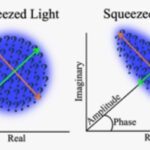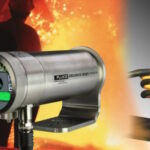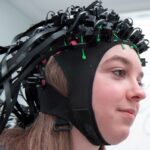The seven types of quantum sensors include chemical sensors, clocks, gravimeters, imaging, interferometers, magnetometers, and thermometers. Several types of quantum sensors are already in use, and more are being developed for commercialization. They can be used in a wide variety of applications from earth sciences to molecular biology and wide band gap power semiconductors.
Chemical Sensors
Quantum chemical sensors can identify changes in chemical concentrations or individual molecules with high precision. Nuclear magnetic resonance spectroscopy combining Electron-Nuclear Double Resonance (ENDOR) spectroscopy and nitrogen-vacancy detectors is commonly used to determine the structure of organic molecules in solution. It’s also used in materials science to monitor molecular physics and study crystals and non-crystalline materials.
Clocks
Clocks are among the most developed quantum sensors. They use single ions that are laser-cooled in an electromagnetic ion trap. They measure time using ion vibrations powered by an ultraviolet (UV) laser. The UV frequency is about 100,000 times higher than the microwaves used in common time standards like those maintained by the National Institute of Standards and Technology (NIST). Higher frequency operation results in higher precision. For example, the NIST-F1 Cesium atomic clock is expected to be accurate to 1 second over a period of 100 million years. That’s good, but a quantum clock is better. It’s accurate to 1 second over 3+ billion years.
Quantum clocks are also used to improve the accuracy of other sensors. Precise timing is used for a sensor technique called ‘super-resolution’, where multiple sensor measurements are taken sequentially together with precise time markers. Software is used to combine sequential sensor measurements and achieve higher levels of resolution.
Gravimeters
Like quantum clocks, quantum gravimeters are already in widespread use. They are used by scientists, surveyors, and civil engineers. A common technique is atom interferometry using atoms cooled to near absolute zero and placed in a free fall. For example, one gravitometer design uses laser-cooled rubidium atoms. It relies on the wave-particle duality and quantum matter-wave interferences to measure the acceleration of the rubidium atoms as they fall. The instrument can track variations in the value of gravity over time (Figure 1).

Imaging
Quantum imaging sensors are being developed for use in magnetic resonance imaging (MRI) systems. Quantum MRI will rely on the entanglement of the electromagnetic field to create images with higher resolutions than classical MRI machines. Current MRI scanners use strong magnetic fields, magnetic field gradients, and radio waves to generate images.
Quantum ghost imaging is one possible path toward quantum MRIs. Quantum ghost imaging uses entangled photon pairs in which only one member of the pair interacts with the object. Precise timing is required to identify the entangled pairs. When the pairs have been detected, the image can be reconstructed (Figure 2).
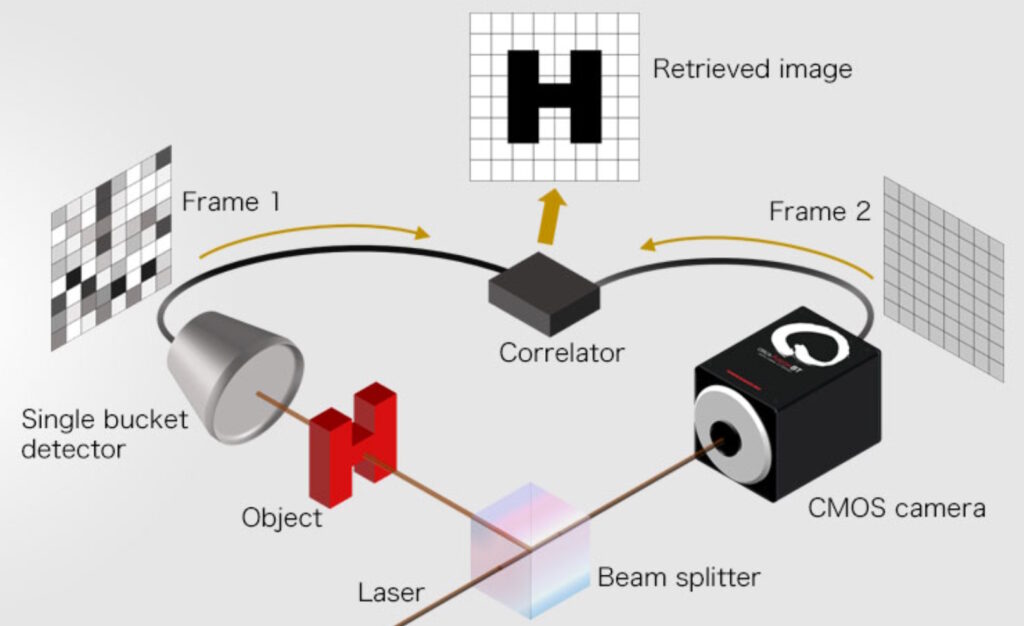
Interferometers
Quantum interferometers are still under development and are expected to provide several orders of magnitude improvement in sensitivity compared with classical interferometers. They measure changes in the interference patterns of quantum particles like photons. They are being designed to measure tiny changes in displacement, temperature, or velocity. Some more recent efforts are looking at how quantum entanglement can be used to improve the sensitivity of quantum interferometers.
Magnetometers
Quantum magnetometers use the spin of subatomic particles like nuclei or unpaired valence electrons. They provide high sensitivity and are used for a range of applications from geological measurements to brain imaging. They use a type of polarization where particles are caused to precess in an ambient magnetic field. The frequency of the precsssion can be translated into magnetic field measurements.
Thermometers
Ultra-sensitive thermometers are being made using quantum entanglement. Depending on the design, these thermometers can detect vanishingly small temperature changes. They are used in laboratory research and for scientific exploration of the universe. In one case, atoms are entangled with a quantum gas and used to measure temperatures a billion times colder than those in outer space.
References
A Quantum of Sensing—Atomic Scale Bolsters New Sensor Boom, IEEE Spectrum
Absolute Quantum Gravimeter, iXblue
Advanced Quantum Magnetometer Technologies, Gem Systems
High-resolution nanoscale NMR for arbitrary magnetic fields, Communications Physics
Quantum Gravimetry, Sandia National Laboratory
Quantum gravity sensing, NKT Photonics
Quantum Logic Clock, Wikipedia
Quantum sensor monitors the temperature inside a silicon carbide device, AIP Publishing
Researchers use SPAD detector to achieve 3D quantum ghost imaging, Optica
SBQuantum to test quantum magnetometer in space – designed to map Earth’s magnetic field, EurekaAlert

